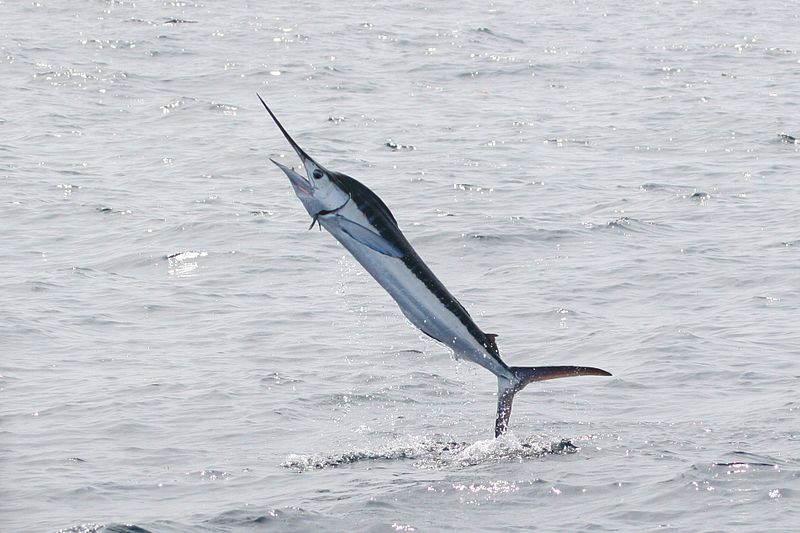Sustainable Use MPAs Highlighted for Contribution to the Economy
(Forest Knolls, CA)—The United Nations Millennium Ecosystem Assessment Synthesis
Report released today calls capture fisheries “unsustainable” and calls for the expansion in Marine Protected Areas with flexible no-take zones that contribute to the economy. These conclusions echo the efforts of 3 nations, more than 800 scientists from 83 countries and 230 non-governmental organizations from 54 countries calling on the UN to implement a moratorium on industrial longline fishing in the Pacific and implement a network of high seas MPAs to protect both fish stocks and species endangered by longlines.
“The call to implement a moratorium on industrial longlining and create a network of high seas MPAs in the Pacific resonates with the new UN report. High seas MPAs would both protect fisheries relied on by coastal communities for food while contributing to sustainable development,” says Robert Ovetz, PhD, coordinator of the Save the Leatherback Campaign.
“Current patterns of use of capture fisheries are unsustainable,” the UN report suggests. “Humans increased the capture of marine fish up until the 1980s by harvesting an ever-growing fraction of the available resource. Marine fish landings are now declining as a result of the overexploitation of this resource (C18.ES).” (p. 172)
This conclusion echoes new concerns by the US government that longline caught bigeye and albacore tuna are overfished in the Pacific. Southern blue fin tuna is already considered critically endangered by the World Conservation Congress. Recent reports in the scientific journal Nature and another to be published soon in the journal Ecology have also warned that billfish and shark populations have declined by about 90 percent in the Atlantic, Gulf of Mexico and the Pacific since the 1950s.
Billfish and sharks as well as endangered sea turtles, seabirds, marine mammals and even tuna and swordfish are caught and killed by longlines as so called bycatch. A recent study by the Sea Turtle Restoration Project found that 4.4 million of these species are caught and killed in the Pacific each year.
In Hawai’i, which the report singles out for attention, “the annual recreational value of the
coral reefs of each of six Marine Management Areas in the Hawaiian Islands in 2003 ranged from $300,000 to $35 million.” (p. 91) In contrast, industrial longline fishing in Hawai’i generates about $55 million while recreational fishing trip-related expenditures that were estimated to range from $130-$347 million overall in 1995-1996.
The UN report also contrasts the contribution of marine fisheries to the economy, with a global value of $80 billion, compared to saltwater recreational fishing, worth about $30.5 billion annually in the US alone. The spin-off effects due to hotel occupancy, tours, services and transportation result in vastly more economic benefits for coastal communities than industrial fishing.
Longline Moratorium Resources:
Interviews with leading scientists are available
Review copy of the documentary “Last Journey for the Leatherback?” is available upon request
B-roll video footage is available upon request
Download the UN report at: http://www.millenniumassessment.org/Public/Login.aspx?Heading=&ReturnURL=/public/MediaAccount.aspx
Press packet is available upon request
Photo/Dominic Sherony




